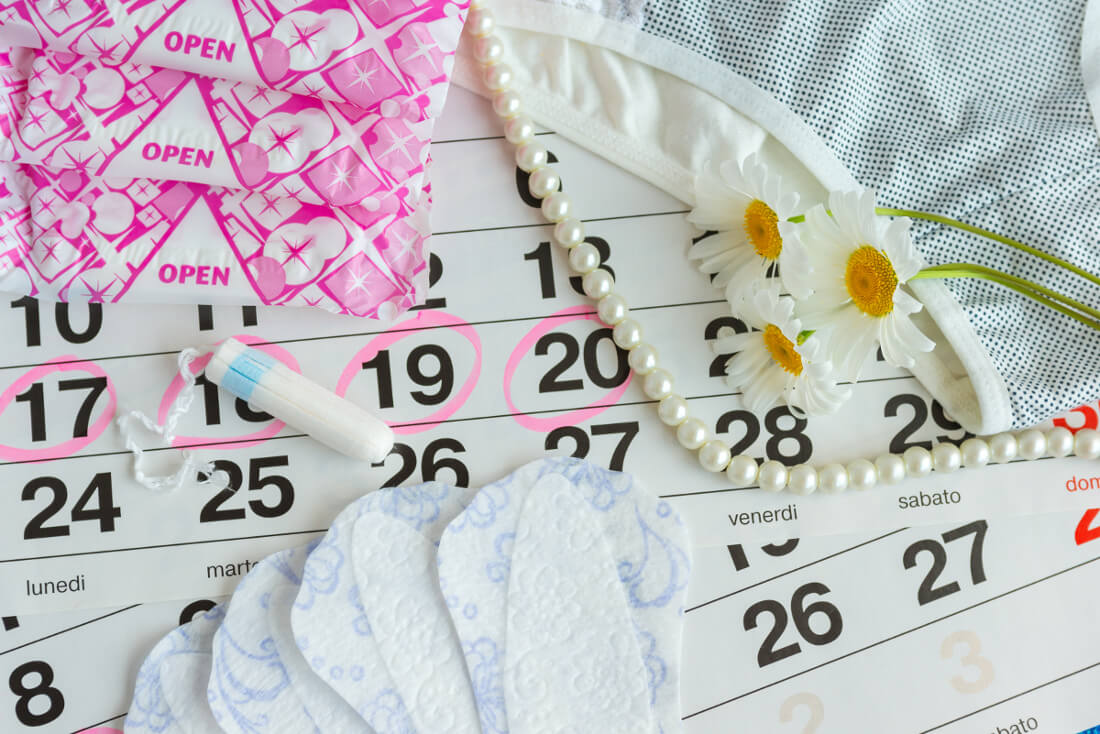In an age when women are making great strides, nervousness due to deep-rooted taboos, misinformation, and myths related to menstruation still prevail in some Asian countries. Women in these countries are vulnerable to social marginalization when it comes to hygiene, which has also been acknowledged by the UNICEF. Health risks and an increase in diseases due to homespun solutions have boosted the women hygiene product sector to cater to the needs of consumers with affordable products. An impressive number of established enterprises and startups are working efficiently to promote women hygiene products through retail chains. Women in Asia, getting aware about healthy livelihood, are opening the doors to the industry of feminine hygiene and sanitary products.
Awareness versus myth
The challenges around basic sanitary infrastructure are still a major concern for women. A report by Plan India and AC Nielsen revealed that around 88% of Indian women use old fabric, rags or sand to manage their flow. Another WHO (World Health Organization) survey published in 2015 disclosed that 2.4 billion people across the globe lacked adequate sanitation facilities. Lack of access to hygienic facilities, especially during menstruation perpetuates health hazards, shame, and panic among women. This has caused a negative impact on the health and livelihood of women.
The society, in general, doesn’t encourage discussions on menstrual experiences. Moreover, menstruating women in certain regions of Asia are prohibited from performing certain religious rituals, cook, or serve food. It is essential to ditch these taboos in order to manage menstrual hygiene with dignity. The advent of digital platforms like social media and the internet provided women with a ‘voice’ to express their challenges regarding feminine hygiene. Hashtags such as #HappyToBleed, #RedFit, and #PeriodPositive are breaking the silence on the less spoken topic of menstruation. Movements such as UN Women’s #HeForShe aim to involve men in female empowerment. This has paved the way for increased awareness and has helped in instilling confidence in women and young girls for menstrual hygiene in their lives.
Bridging the gaps – social evolution
With the objective of improving feminine hygiene, social institutions also started taking initiatives to help women with a better understanding of menstrual health. Public–private partnership initiatives are advocating and strengthening women hygiene promotion activities in Asia. UNICEF’s WASH program (Water, Sanitation, and Hygiene) is one such initiative, which aims to improve the hygiene conditions in rural regions. WASH estimates that the provision of basic sanitation facilities to countries in need can help the world save around USD 263 billion a year, by preventing healthcare expenses.
The governments of the majority of Asian countries are introducing various initiatives to encourage hygiene among women. For instance, in India, Total Sanitation Campaign (TSC) has recognized the need to incorporate hygiene promotion, women sanitary facilities, and construct toilets at schools. Such endeavors by the government have helped the female population to move beyond the taboos surrounding menstrual hygiene.
The feminine hygiene industry in Asia – bounty of innovative products
Rising awareness among the ‘she population’ for health and fitness in regions of Asia has raised the demand for affordable hygiene care products. Looking at the growing demands, many global companies operating in the feminine hygiene industry are targeting Asia as part of their expansion strategy. The Asian women hygiene market is also witnessing significant investment for marketing campaigns in order to target a greater number of customers. Enterprises are developing their business strategies to tackle the issue head-on. With a deeper commitment to social justice, feminine hygiene brands have taken a crucial step to ameliorate the millennial generation of women.
The global feminine hygiene products industry pocketed revenues worth USD 19 billion in 2015, with Asia Pacific holding the largest share of USD 8.5 billion. Several companies in the feminine hygiene industry have evolved to keep pace with specific consumer demands. The market is expected to witness a CAGR of over 7% in the coming years. Procter & Gamble (P&G), Kimberly-Clark, Johnson & Johnson, and SCA are the leading international companies in the feminine hygiene industry of Asia. Some of the leading local players are Unicharm, Kao Corporation, Hengan International Group Company Limited, Daio Paper, Chiao, Softex and the Vinda Group.
Peering into the future of feminine hygiene business
For the time being, there is enough room for innovative industry players in the expanding feminine hygiene market. Consumers in China, India, and Japan are becoming increasingly informed and demanding due to rising urbanization. The potential of female hygiene products business is high in eastern countries of Asia compared to their western counterparts. A substantial part of the young female population resides in Asia; thereby creating an enormous opportunity for market players to enter. However, the air is getting thinner. Success will require more in-depth market insights into the dynamic consumer demands, and an urge to develop innovative products in the emerging Asian markets.
The authenticity of the discussion is evident; these subjects might raise smirks, but holds incredible importance in our society. Welcoming industry players are first worthy steps and should be continued with a broader focus. More importantly, there should be candid discussions on developing innovative products that can be easily accessed by women. Apparently, we now get to see lesser stigma and increased pride due to the advent of feminine hygiene products and their impressive advertisements. However, there is still a long way to go and the journey is going to be an interesting one.









